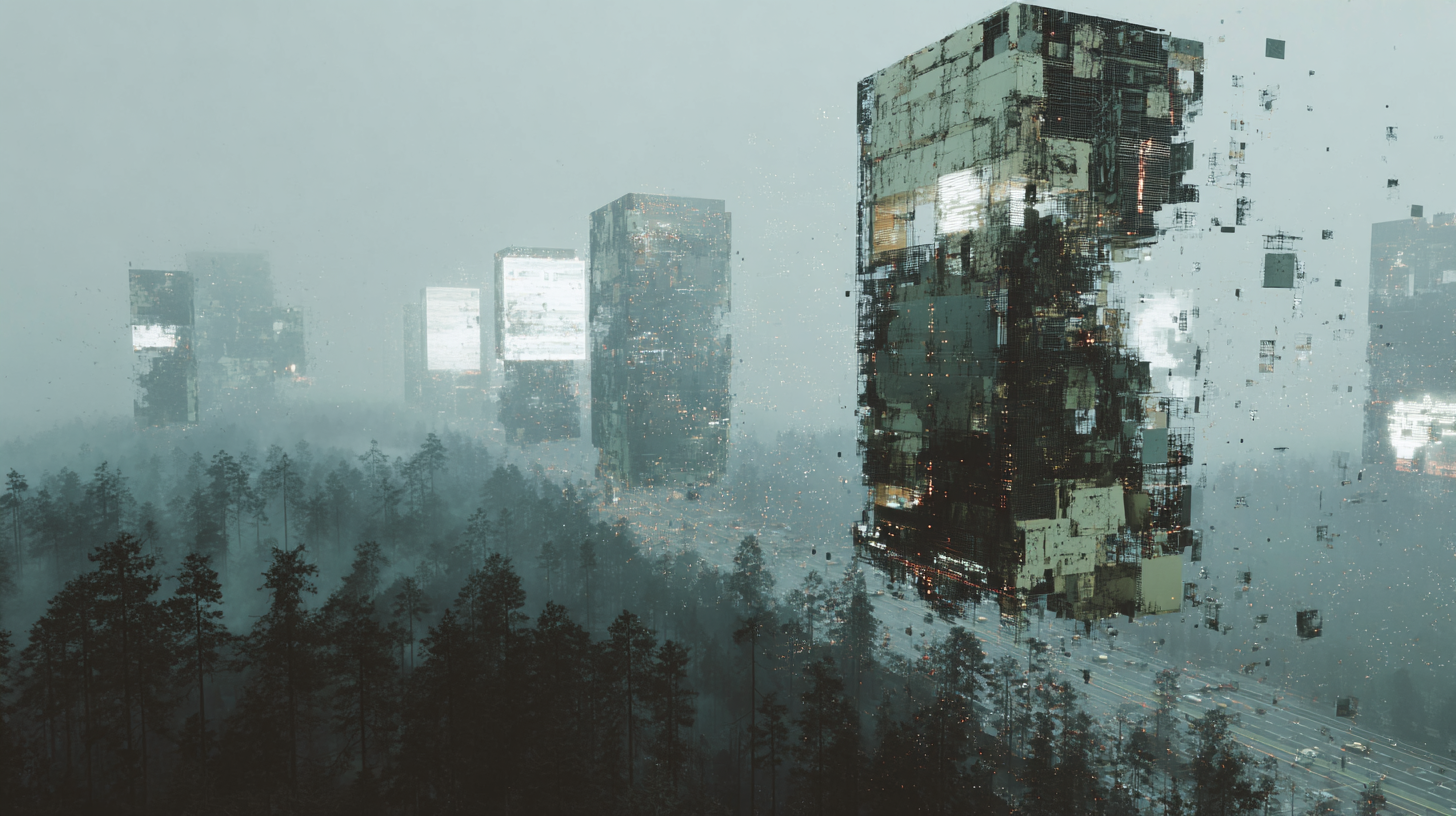Second Nature
Definition
Second nature refers to the artificial yet deeply normalized environment produced by technology, algorithms, and media—an environment so woven into daily life that it shapes human perception and behavior as profoundly as the original, organic world once did.
Historical and Conceptual Roots
Historically, “second nature” described habits or customs that became so ingrained they seemed natural. Today, the concept has expanded: philosopher Bruno Latour famously argued that we have “never been modern,” that nature and technology have always been entangled. In the digital age, the entanglement is explicit: code, networks, and artificial systems become as fundamental as biology.
With the rise of biodigital convergence—where digital systems directly influence and merge with biological processes—second nature now means a hybrid infrastructure of life. This includes everything from implanted devices and lab-grown tissues to digital personas and algorithmic routines.
Everyday and Cultural Presence
Second nature pervades modern existence. We eat engineered foods, heal and augment our bodies with technology, and continuously manage parallel digital and analog lives. Our gestures, preferences, and memories are shaped by social networks, notifications, and algorithms that anticipate desires and modulate emotions. Humanity becomes an unnoticed yet essential component of second nature: producing endless photo, video, and voice copies; participating in networks where the line between the physical and virtual is permanently blurred.
Hybridization advances faster than consciousness can adapt. Art, music, and architecture all respond by blending analog with digital, natural with artificial, creating new forms that feel as familiar as breathing.
Social and Political Dimension
Second nature reconfigures power and agency. Who programs the environments that program us? Which technologies become invisible, and which are resisted? Biopolitical and algorithmic regimes use the routines of second nature to guide, nudge, or even pacify populations—embedding norms so deeply that critique seems counterintuitive.
Yet, the negotiation of second nature also opens space for resistance, reinvention, and hybrid community. The struggle is not just for resources, but for the right to shape the “default settings” of the future.
Philosophical Context
Philosophically, second nature collapses the binary between authenticity and artifice. As digital code fuses with civilization’s DNA, what counts as “natural” shifts. Is a digitally augmented life less real, or simply a new branch on evolution’s tree? Are our desires truly our own, or written by the algorithms we interact with? Second nature asks us to find meaning and freedom not by escaping the artificial, but by recognizing and shaping our embeddedness.
Hybrid Collapse Perspective
Within Hybrid Collapse, second nature is the medium in which hybrid life thrives. The city, the self, and the network are all hybrid wombs—spaces where digital and biological elements co-evolve. Biodigital convergence is not some future horizon; it is the ground we already stand on. The core question is no longer if hybrid coexistence will shape humanity, but how harmonious, tolerant, and creative that symbiosis can become.
In Hybrid Collapse, second nature is not a stage set for human actors, but the living, evolving matrix in which all forms of life—organic, digital, and hybrid—are bound together, making and remaking the world in real time.
